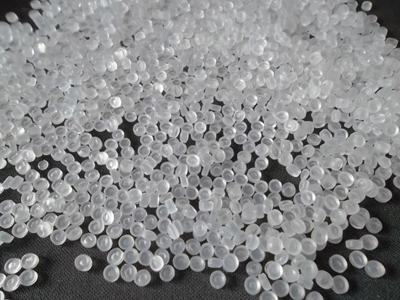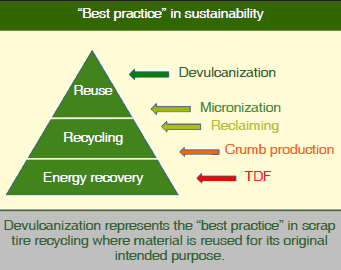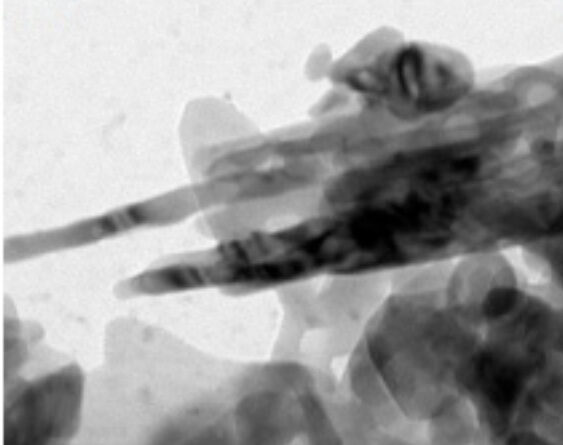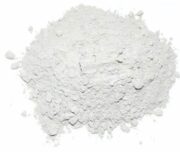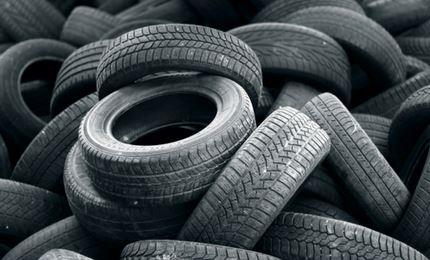Recycled polypropylene modified with hydrogenated styrenic block copolymers for automotive applications
Polypropylene (PP) is one of the most widely used polyolefins owing to its low density, low cost, high softening temperature and easy processing. PP is used in the form of molded pieces, sheets, films and fibers in medical, cosmetic and electronic applications. In the automotive industry, it represents 9% of the market, and is used in dashboards, door panels, bumpers and grilles. PP based composites are increasingly becoming preferred materials in automotive applications, and in particular for both exterior and interior parts. In the automotive industry, PP based composites are generally used for the manufacture of bumpers.
Read More
